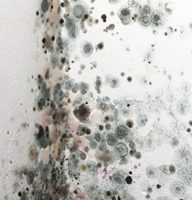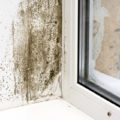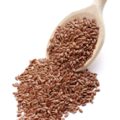
Researchers in Australia recently conducted a study to determine the effect that mold has on asthma—particularly among middle-aged adults. According to Reuters Health, individuals who had been exposed to mold were 26 percent, 34 percent and 30 percent more likely to develop asthma, wheezing and chest tightness, respectively.
"The mold exposure that we were talking about is the typical mold that we all see in our homes from time to time, that is, mold that you see in the wet areas of the house, e.g., bathroom, kitchen and laundry," John Burgess, a researcher with the Melbourne School of Population and Global Health at the University of Melbourne who co-led the study, said in an interview with the news outlet. "We were not talking about 'whole-house' mold infestation that might occur under special circumstances such as following the house being flooded."
Once mold begins growing in your house, it can be difficult to get rid of. The U.S. Centers for Disease Control and Prevention notes that you can prevent the buildup of this potentially dangerous fungus in the following ways:
- Keep the humidity level low
- Fix leaks as soon as you notice them
- Thoroughly clean and dry your house after signs of flooding
- Ventilate shower, laundry and cooking areas.
There are certain asthma and allergy control products you can buy that will keep your home allergen-free, such as a dehumidifier or an allergen air purifier. The latter will reduce your exposure to all sorts of irritants that can accumulate in your house over time. At Allergy Be Gone, we sell both of these products, as well as hypoallergenic bedding and other helpful items.









